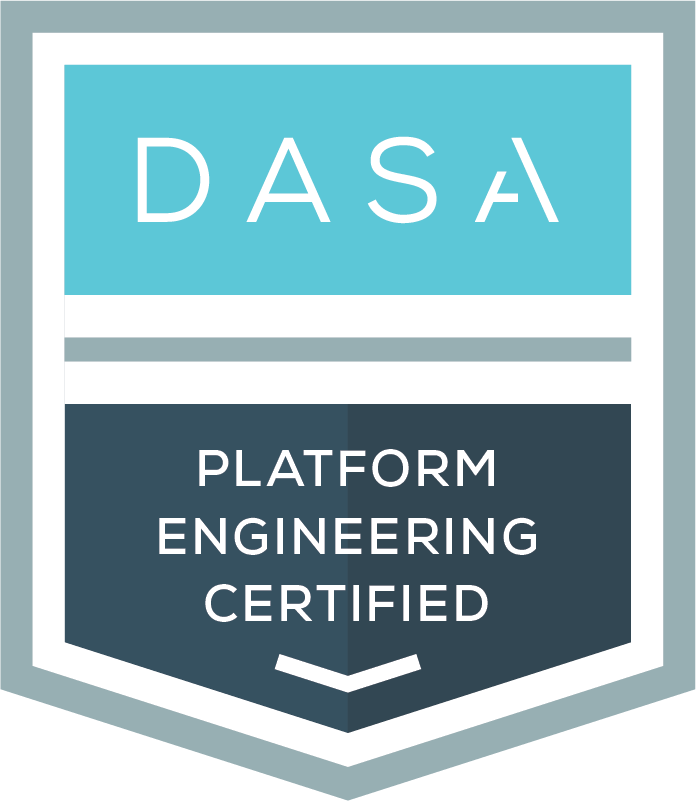Introduction
Platform engineering is emerging as a critical component in the modern DevOps landscape. It involves the creation and management of shared, scalable platforms that support software development and operations. By leveraging cloud-native technologies, microservices architectures, and continuous delivery mechanisms, platform engineering enables businesses to build and deploy applications faster than ever before. This philosophy intertwines with the latest trends in cloud computing and infrastructure-as-code (IaC) solutions, offering a cohesive framework for operational excellence.
However, aligning platform engineering initiatives with overarching business goals remains a significant challenge. A key issue is the lack of alignment and stakeholder support. Effective stakeholder management—identifying and engaging with stakeholders to understand their needs and ensure their interests are considered—is vital. This blog aims to provide strategies to align platform engineering with business objectives and highlight how the DASA Platform Engineering product suite can facilitate.
Understanding the Challenge
Aligning platform engineering with business goals is essential for several reasons. It ensures that platform initiatives support the organization’s strategic objectives, creating a cohesive and focused direction. This alignment optimizes resource usage by concentrating efforts on initiatives that drive genuine business value, preventing wastage of time, money, and manpower. Engaging stakeholders early and consistently fosters support and collaboration, which are critical for the successful implementation and adoption of platform engineering initiatives. When stakeholders understand and see the value in these initiatives, they are more likely to support them, ensuring smoother transitions and better overall outcomes.
- When decisions are made in silos, various issues can arise. Organizational silos create barriers that hinder communication, collaboration, and the flow of information.
- Development teams may work on features that do not align with core business priorities, leading to inefficient use of resources and missed opportunities.
- Without clear understanding and support from stakeholders, initiatives often lack the necessary backing, resulting in resistance and potential project setbacks.
- Fragmented efforts, due to lack of alignment, lead to inefficiencies and slowed progress. This lack of coordination can cause delays and operational challenges, ultimately hindering the organization’s ability to respond promptly to market demands and technological advancements.
Strategies for Success
To ensure platform initiatives support business objectives, it is essential to adopt a comprehensive and structured approach. Here are several key strategies that can help align platform engineering efforts with business goals effectively:
Establish Clear Objectives
Define clear objectives that outline the business goals your platform engineering efforts aim to support. Using Objectives & Key Results (OKRs) provides a framework for setting measurable goals and tracking progress. This shared understanding among stakeholders ensures everyone is aligned and working towards common goals.
Stakeholder Engagement
Engage stakeholders early and consistently. Identify key stakeholders and understand their needs and expectations. Regular communication about progress, challenges, and successes fosters transparency and builds trust. Effective stakeholder management promotes adaptability and alignment with organizational goals.
Collaborative Decision-Making
Foster a culture of collaboration where decisions are made collectively. Cross-functional autonomous teams with diverse skill sets promote shared responsibility and open communication. Collaboration between different business and IT roles ensures comprehensive problem-solving and enhances alignment with business objectives.
Continuous Feedback Loops
Implement continuous feedback loops to maintain alignment with business goals. Collect and analyze feedback from users, stakeholders, automated testing tools, monitoring systems, and team members. Regularly review and incorporate this feedback to make informed adjustments and ensure ongoing alignment.
Measurement and Metrics
Establish metrics to track the impact of platform engineering initiatives on business objectives. Regularly review these metrics to ensure initiatives deliver the expected value. Measurement provides a factual basis for evaluating effectiveness and making necessary adjustments to optimize performance and achieve goals.
Next Steps
By establishing clear objectives, engaging stakeholders, fostering collaboration, implementing continuous feedback loops, and tracking relevant metrics, organizations can ensure their platform engineering efforts support their strategic vision.
DASA Platform Engineering Product Suite offers a robust framework to achieve this alignment. With tools to assess readiness, align initiatives, enable necessary skills, build the right culture, and optimize operations, it provides a comprehensive solution for organizations looking to enhance their platform engineering practices. Consider leveraging the talent development and transformation enablers in this suite to enhance the efficiency and effectiveness of your platform initiatives but also ensure they deliver maximum value to your organization.


DASA Platform Engineering
De-risk, optimize, and get maximum value from the platform engineering initiative.
